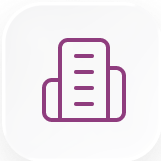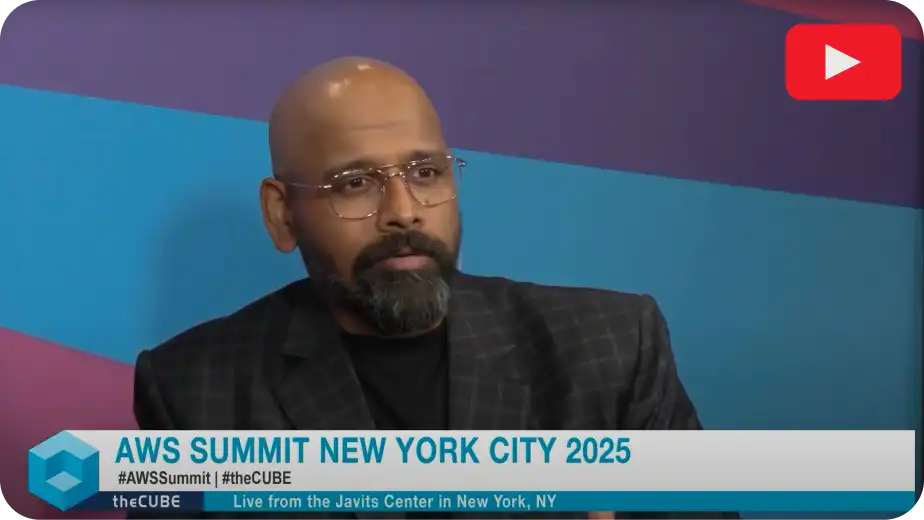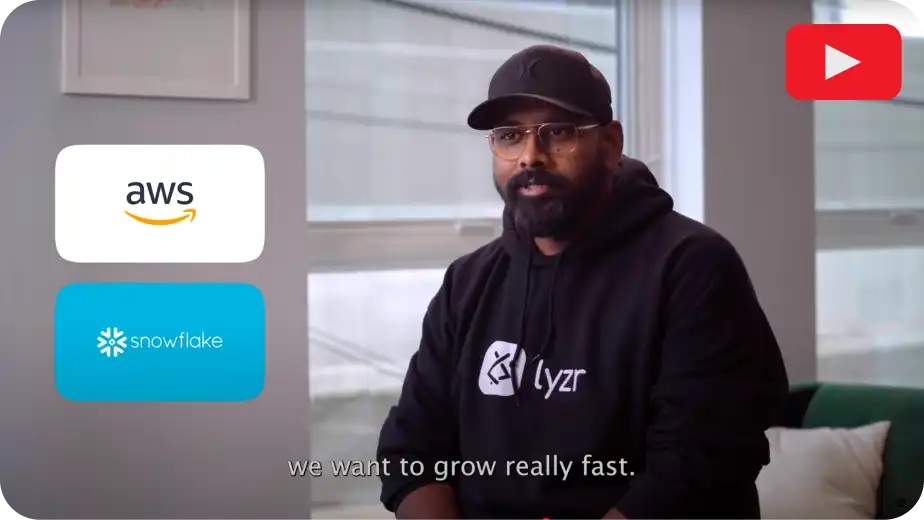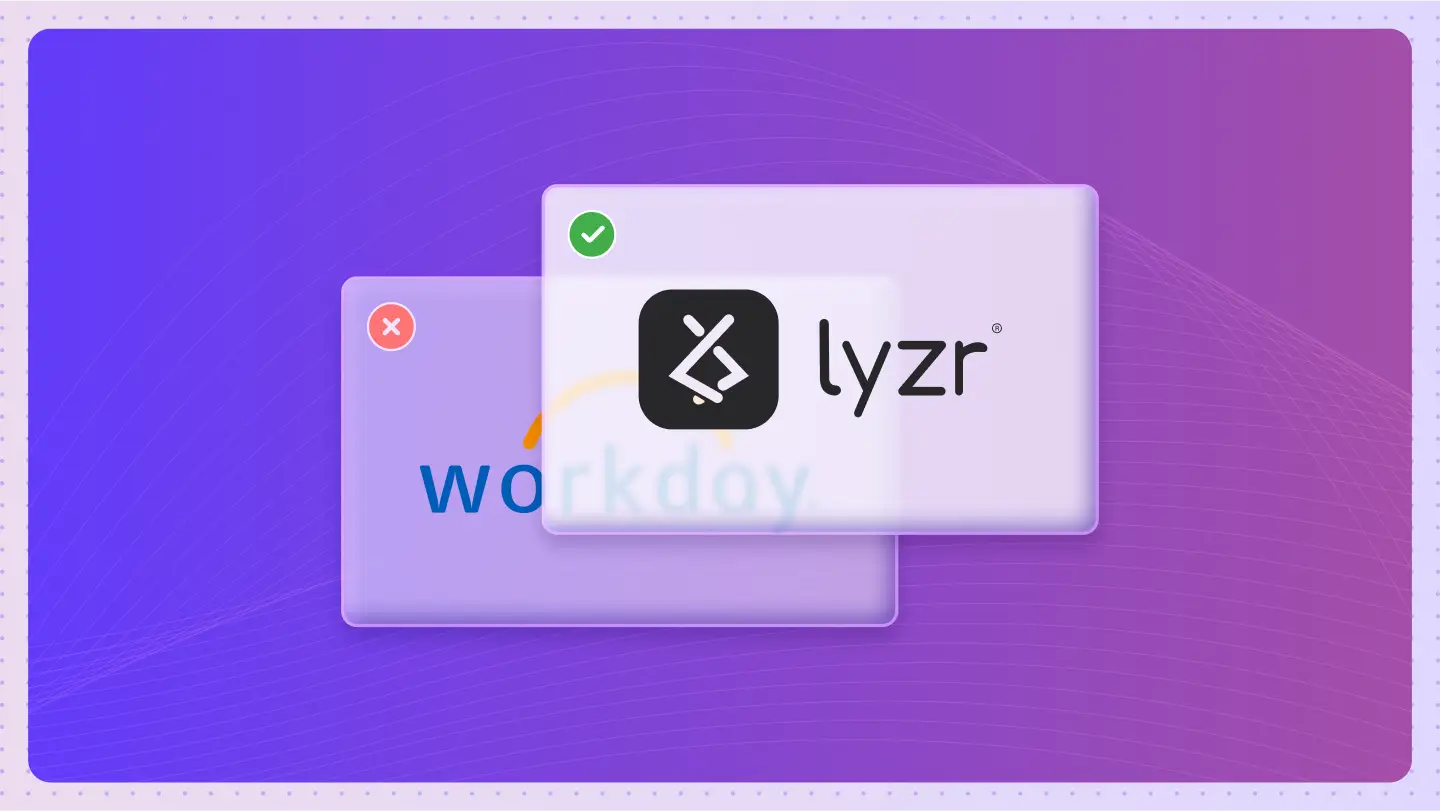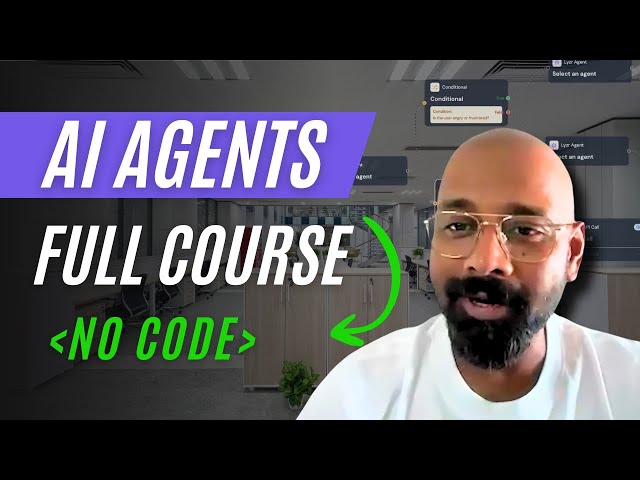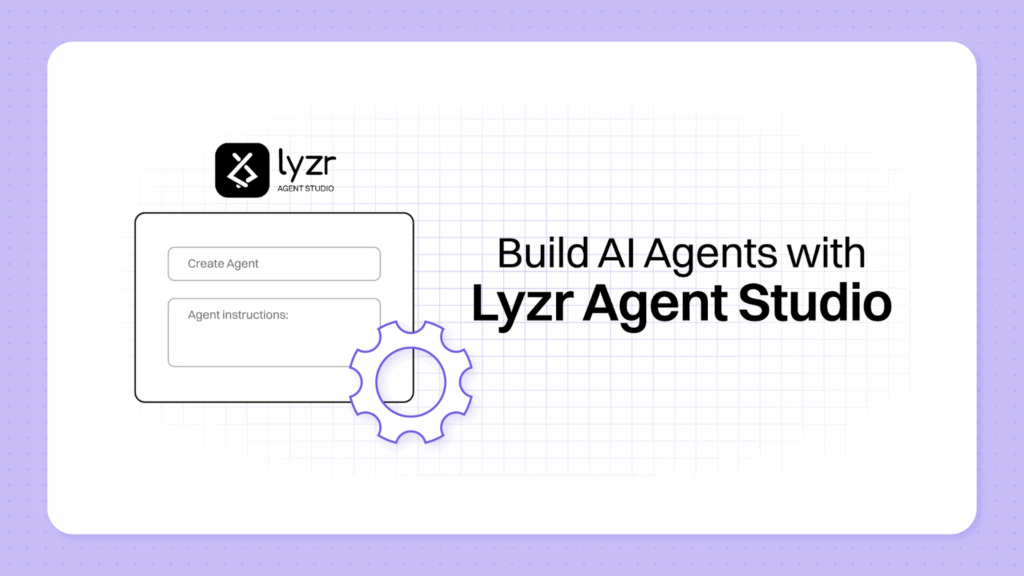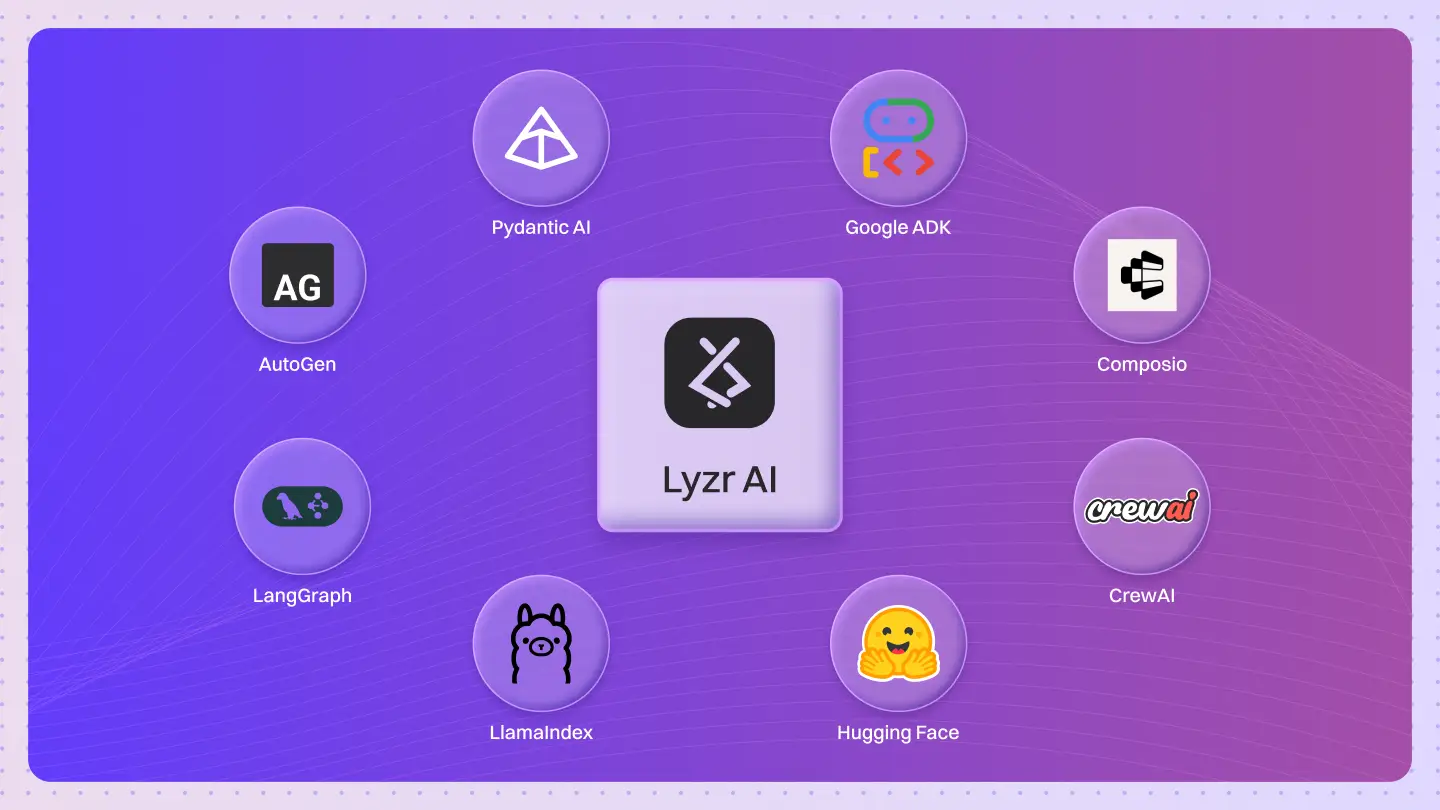Table of Contents
Toggle65% of enterprise buyers expect to engage with digital assistants during the sales journey and over 50% drop off after the first minute of inactivity, slow responses kill high-intent leads.
Campaigns may be well-targeted, traffic may be flowing, and landing pages may look polished, but if the user doesn’t receive the information they came for, especially a personalized quote, they leave. And most don’t return.
What’s worse? Sales reps often don’t see these leads until it’s too late. Quote requests sit in inboxes, forms don’t capture the right details, and support inquiries end up in the wrong queue.
This case study dives into how an intelligent, autonomous system can solve this, by collecting requirements, generating accurate quotes, and routing support requests, all within one cohesive workflow.
The Problem: Inbound Leads, Outbound Confusion
Once a prospect lands on a campaign page, they’re clearly interested, but this is where most funnels break down.
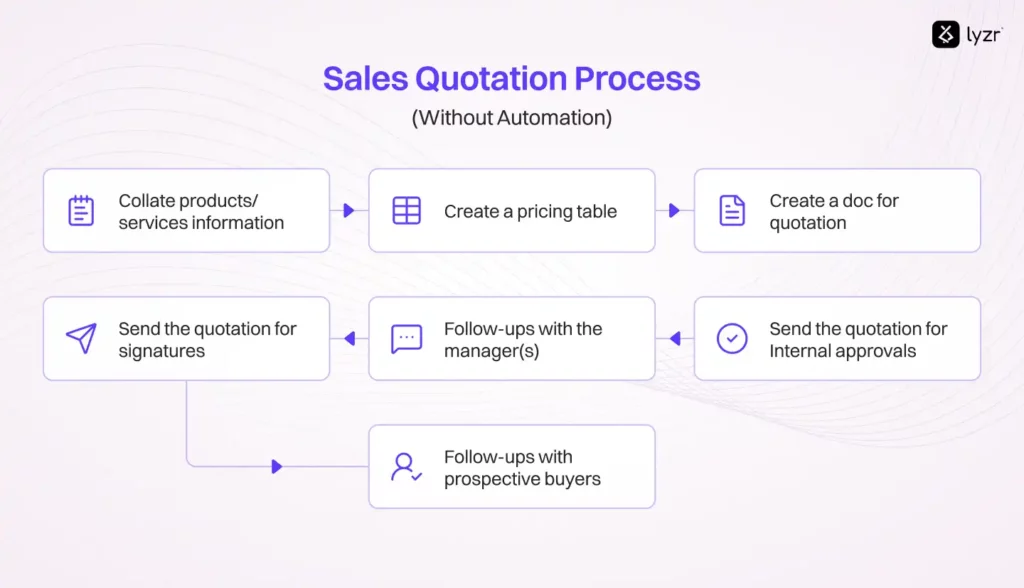
Here’s what typically happens:
- A visitor arrives with questions about pricing or configurations.
- They encounter a static page with generic content or a form.
- If they fill the form, it might take hours (or days) to hear back.
- Meanwhile, support requests that surface during this interaction are either ignored or dropped due to lack of context.
- Sales teams manually qualify leads, jumping between spreadsheets, product sheets, and email threads.
The result?
- Leads turn cold.
- Sales teams waste time on repetitive tasks.
- Support teams operate without context.
- Campaign ROI remains unpredictable.
The core issue is this: quote generation and support routing are still manual, fragmented, and slow.
The Solution: Autonomous Quote Generator + Multi-Agent Workflow
To address these gaps, a fully autonomous agent-based system was designed. It handles everything, from first user interaction to quote delivery, while ensuring no request falls through the cracks.
Let’s break it down.
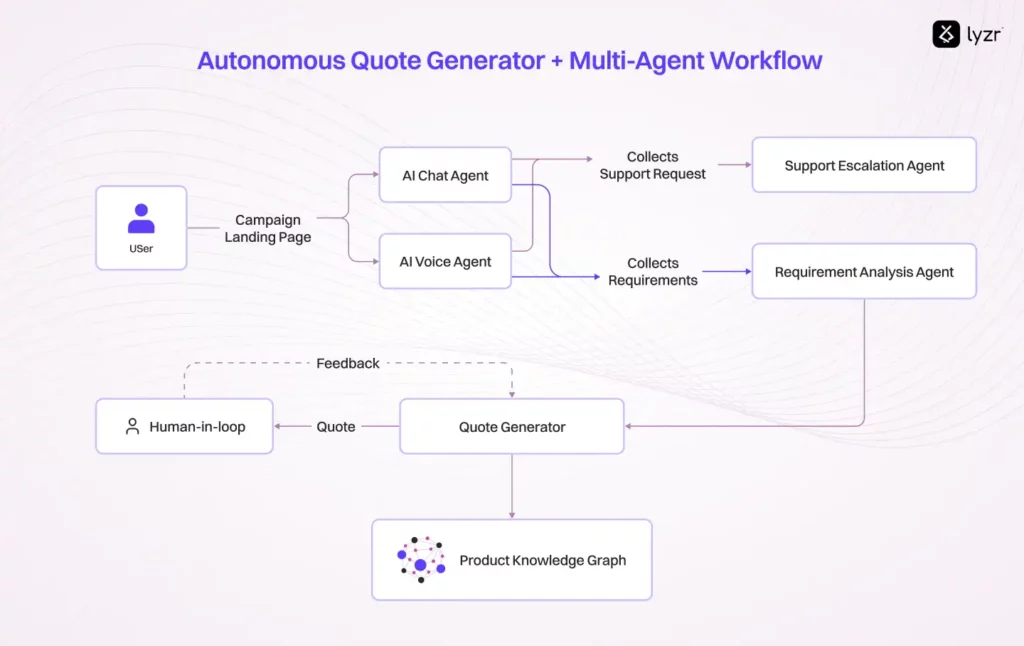
1. Landing Page with Conversational Intelligence
When users arrive on a campaign landing page, they’re presented with:
- An AI Chat Agent
- An AI Voice Agent
These aren’t just chatbots, they’re intelligent interfaces that:
- Start the conversation
- Understand the visitor’s intent
- Branch based on whether the user is requesting pricing or support
2. Dynamic Requirement Collection
If the visitor is looking for pricing or a product quote, the agent switches into requirement-gathering mode.
It begins by asking structured follow-up questions, like:
- What quantity do you need?
- Which product modules are you interested in?
- What’s the use case or industry application?
These inputs aren’t treated as raw text, they’re mapped to a product knowledge graph that validates configurations and identifies compatible options.
3. Product Knowledge Meets Quote Logic
The product knowledge graph serves as a structured source of truth. It knows:
- Which SKUs are active
- What combinations are valid
- What discounts apply under certain conditions
Once the user inputs are validated, a Quote Generator Agent uses them to auto-create a personalized quotation using pre-approved templates.
This quote isn’t just static, it includes pricing, configurations, and relevant terms based on what the user needs.
4. Human-in-the-Loop Review (Only Where Needed)
Before the quote is delivered:
- A human reviewer quickly validates it.
- Any red flags (like unusual discounts or rare configurations) are addressed.
- The quote is either approved or annotated for future learning.
Once validated, the quote is sent through the same conversation channel, **** no email ping-pong, no change of interface.
5. Escalating Support, Seamlessly
If at any point the visitor asks something outside pricing or shows signs of confusion:
- The system detects this as a support request
- The Support Escalation Agent kicks in
- It creates a ticket, attaches the entire transcript, and informs the user that a human agent will follow up
This ensures that while the sales workflow continues smoothly, the user’s support needs are also acknowledged and tracked.
Breakdown of the Autonomous Stack
| Component | Role in the Workflow |
|---|---|
| Campaign Landing Page | First point of contact. Hosts the AI Chat and Voice interfaces |
| AI Chat/Voice Agent | Gathers user intent, asks questions, and routes the interaction |
| Requirements Analysis Agent | Parses responses, maps them to product knowledge, and formats data for quoting |
| Product Knowledge Graph | Validates configurations, pricing tiers, SKUs, and dependencies |
| Quote Generator Agent | Auto-generates a personalized quote using pre-defined templates and logic |
| Human-in-the-loop Reviewer | Reviews edge cases, ensures quality, and closes the loop with quote delivery |
| Support Escalation Agent | Handles non-quote requests, opens tickets, attaches transcripts, and routes to humans |
What Does It Solve?
This system solves three recurring problems that plague sales workflows today:
| Problem | Lyzr’s Autonomous System Response |
|---|---|
| Slow quote delivery | Real-time quote generation within the same session |
| Incomplete or incorrect user inputs | Conversational follow-ups + knowledge graph validation |
| Support requests getting lost | Escalated with full transcript, routed to right human agent |
| Sales team time spent on repeat tasks | Reduced through agent-driven qualification and quote preparation |
| Users switching channels for resolution | Keeps the experience in one thread, no channel fragmentation |
Outcomes and Impact
Campaign landing pages often fail at the last mile, when the user wants a quote, but the system can’t deliver quickly enough. This leads to:
- Unused buyer intent
- Lower conversion rates
- High dependency on human follow-up
- Manual effort for repeatable tasks
By enabling quote generation inside the same conversation, and intelligently routing support queries, Lyzr:
- Improves the buyer experience
- Brings consistency to pricing and documentation
- Reduces operational drag on support and sales teams
- Helps organizations respond instantly without compromising accuracy
Instead of treating campaign visitors as passive form-fillers, Lyzr engages them as decision-makers, giving them exactly what they need, in the format they prefer, when they need it.
Wrapping Up
Fast-growing businesses often spend heavily on marketing, only to lose prospects at the decision stage. Whether it’s delays in sending quotes, missed support handoffs, or high reliance on manual workflows, these inefficiencies hurt growth.
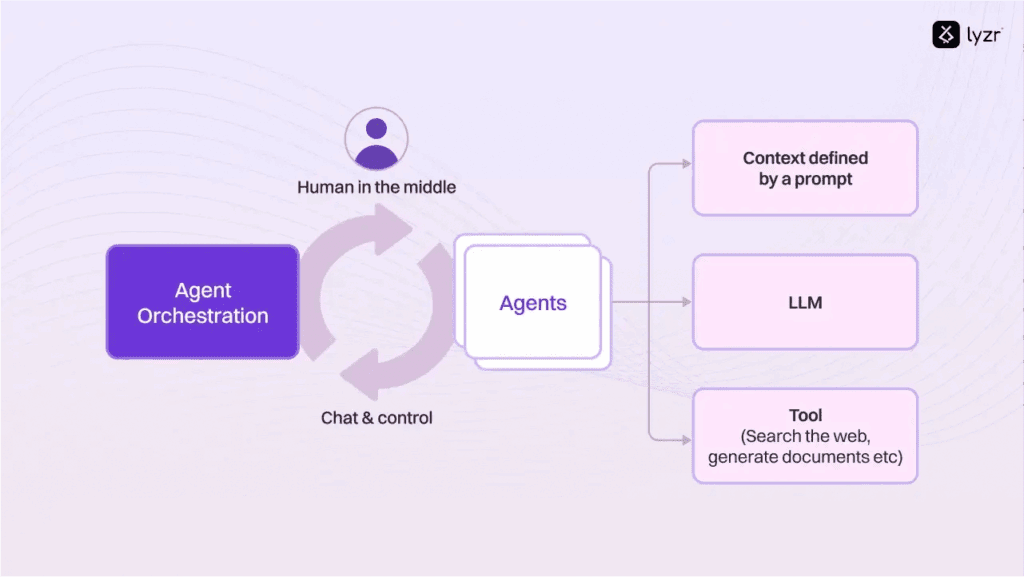
An autonomous code generation system, like the one enabled by Lyzr’s Agent Framework, changes how businesses handle user intent:
- It listens in real time.
- It validates inputs through structured logic.
- It generates quotes that match internal rules.
- And it does all this while keeping
- And it does all this while keeping humans in the loop when needed.
With Lyzr, enterprise teams can capture more leads, quote faster, and scale smarter , without adding to the sales or support workload.
Book a demo with us today to see how it works.
Book A Demo: Click Here
Join our Slack: Click Here
Link to our GitHub: Click Here


